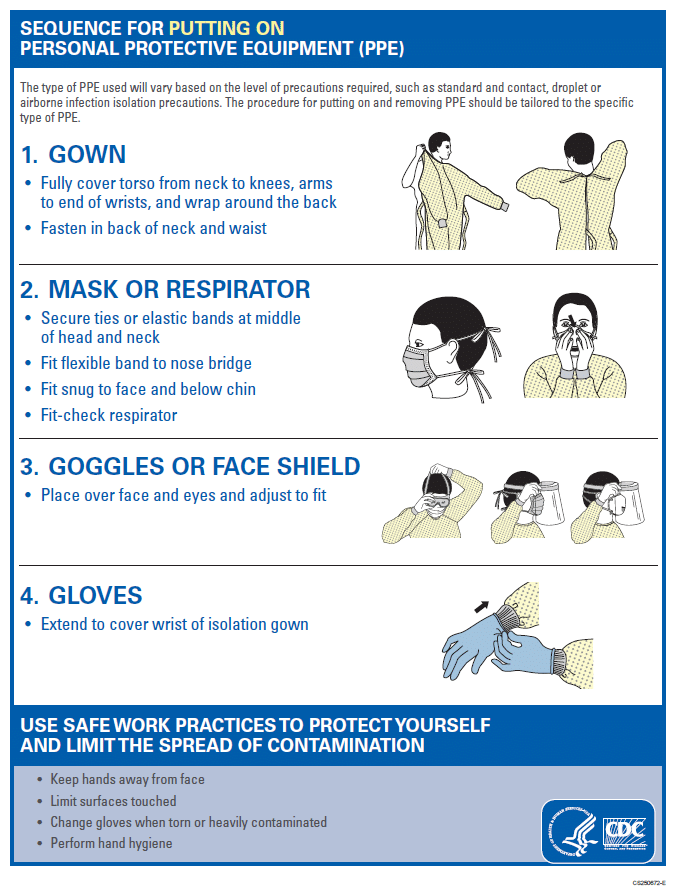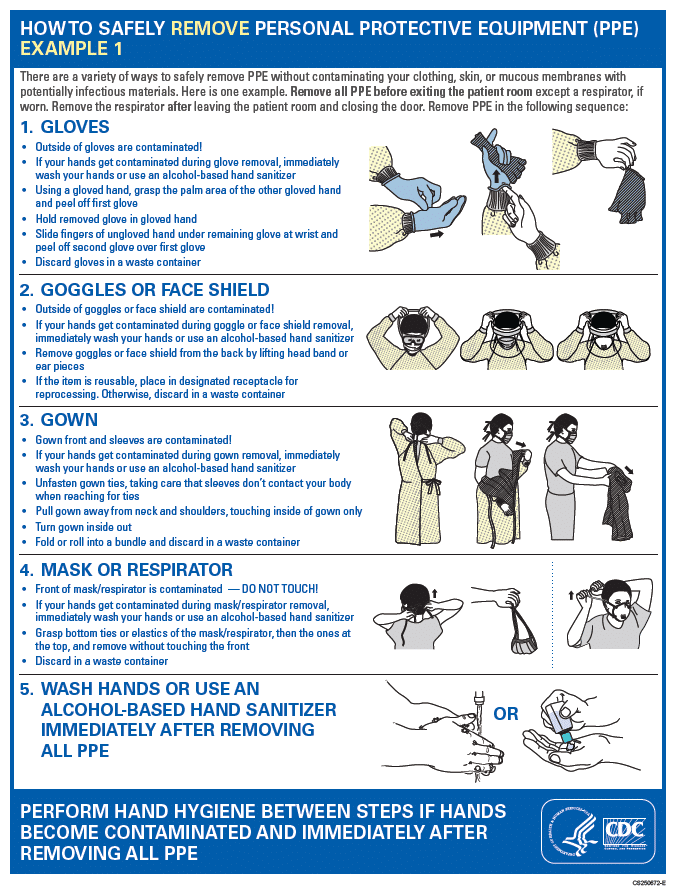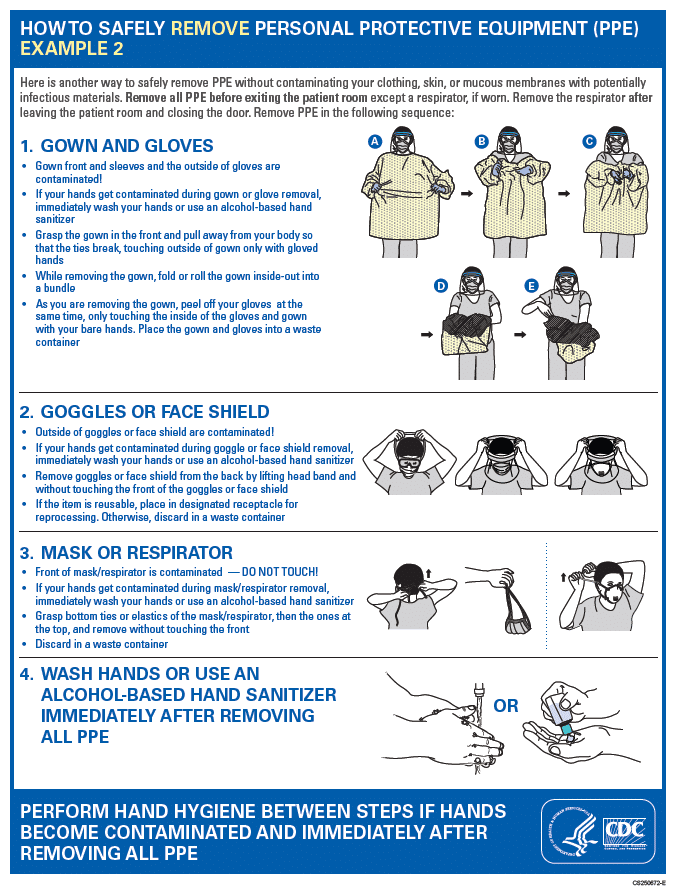
COVID-19, Returning to the Workplace - Connecticut
Daily Cleaning And Disinfecting Protocol
- Use an EPA-approved disinfectant against COVID-19. Visit epa.gov/listn or scan the QR code with your smart phone to check EPA’s list of approved disinfectants.
- Always follow the directions on the label. Check “use sites” and “surface types” to find out where the product can be used. Pay close attention to “precautionary statements.”
- Clean surfaces and determine how areas will be disinfected. Clean surfaces with soap and water prior to disinfection. Routinely clean and disinfect frequently touched surfaces at least daily.
- Follow the specified contact time. Apply the product (e.g., spray or wipe a surface) and allow it to dry according to the specified contact time on the label.
- Wear gloves and wash your hands with soap and water. Discard disposable gloves after each cleaning and disinfection. For reusable gloves, dedicate a pair to disinfecting surfaces to prevent the spread of COVID-19. After removing gloves, wash your hands with soap and water for at least 20 seconds.
- Store chemicals in a secure location. Keep product lids closed tightly and store products in a location away from students’ reach and sight.
Hygiene
- Hand hygiene is an important part of the U.S. response to the international emergence of COVID-19. Practicing hand hygiene, which includes the use of alcohol-based hand rub (ABHR) or handwashing, is a simple yet effective way to prevent the spread of pathogens and infections in healthcare settings. CDC recommendations reflect this important role.
- The exact contribution of hand hygiene to the reduction of direct and indirect spread of coronaviruses between people is currently unknown. However, hand washing mechanically removes pathogens, and laboratory data demonstrate that ABHR formulations in the range of alcohol concentrations recommended by CDC, inactivate SARS-CoV-2. [1,2]
- ABHR effectively reduces the number of pathogens that may be present on the hands of healthcare providers after brief interactions with patients or the care environment.
Proper respiratory etiquette from the CDC
Covering coughs and sneezes and keeping hands clean can help prevent the spread of serious respiratory illnesses like influenza, respiratory syncytial virus (RSV), whooping cough, and COVID-19. Germs can be easily spread by:
- Coughing, sneezing, or talking
- Touching your face with unwashed hands after touching contaminated surfaces or objects
- Touching surfaces or objects that may be frequently touched by other people
Covering coughs and sneezes and washing hands are especially important for infection control measures in healthcare settings, such as emergency departments, doctor’s offices, and clinics.
To help stop the spread of germs:
- Cover your mouth and nose with a tissue when you cough or sneeze
- Throw used tissues in the trash
- If you don’t have a tissue, cough or sneeze into your elbow, not your hands
Remember to immediately wash your hands after blowing your nose, coughing or sneezing.
Washing your hands is one of the most effective ways to prevent yourself and your loved ones from getting sick, especially at key times when you are likely to get and spread germs.
- Wash your hands with soap and water for at least 20 seconds
- If soap and water are not readily available, use an alcohol-based hand sanitizer that contains at least 60% alcohol to clean hands
For information about preventing the spread of COVID-19, see CDC’s COVID-19: Prevent Getting Sick web page.
To help prevent the spread of respiratory disease, you can also avoid close contact with people who are sick. If you are ill, you should try to distance yourself from others so you do not spread your germs. Distancing includes staying home from work or school when possible.
How to properly don (put on) and doff (take off) PPE


